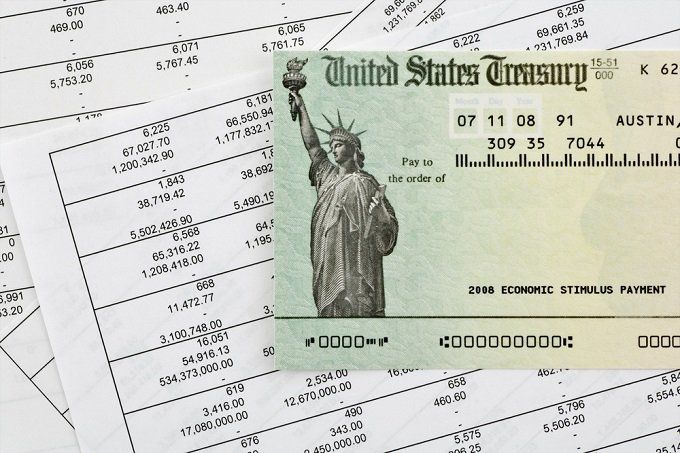How often do treasury bonds pay interest? The sort of bond, the amount of interest that the bond pays, and the length of time the investor will be tied down to their investment are all important considerations for investors. The level of risk an investor is willing to take must be weighed against the possibility that the bond issuer will not honour its obligation to repay the investment. The fact that the United States government backs Treasury bonds, sometimes known as T-bonds, is a very positive development. Older investors looking for a steady return and younger investors getting near retirement age may find success with these assets.
Bonds, particularly T-bonds, may be a useful investment for those looking for a consistent rate of interest payments throughout their holding period. Bonds and Treasury bonds have widespread popularity; nonetheless, they are not without some drawbacks and hazards, and as a result, they are only sometimes the best option for every investor. This article examines the benefits and drawbacks of investing in Treasury bonds, as well as whether or not bonds are a smart choice for younger investors or those on the cusp of or already in retirement.
Treasury Bonds
How often do treasury I bonds pay interest? Investors in T-bonds get interest payments at a predetermined rate every six months until the bonds reach maturity, which might take anywhere from 20 to 30 years.
Varieties of Treasury Bonds
The Treasury Department issues various securities, each of which may be purchased with a specific maturity date. For instance, Treasury bills, sometimes known as T-bills, are examples of short-term bonds with maturities ranging from a few days up to 52 weeks. Treasury notes, often known as T-notes, are very similar to Treasury bonds because they pay interest at a predetermined rate on a semiannual basis up to the point at which they mature. On the other hand, Treasury notes have maturities ranging from two to ten years and durations of two, three, five, and seven years.
Trading in Treasury Bonds
How often do us treasury bonds pay interest? An online auction is used by the Treasury Department when selling Treasury notes to the public. There are two possible courses of action for the investor to take once they have acquired the note. The investor can keep the bond until it matures, in which case they will get a return equal to the original amount invested when the bond matures. The United States government promises to return the principal amount deposited in a bond to an investor who maintains ownership of the security until it reaches its maturity date.

Government Bonds vs Corporate Bonds
Corporations' bonds are likewise considered debt securities since a company issues them. Corporate bonds, just like Treasury bonds, come with both positives and negatives associated with them. In most cases, holders of corporate bonds are obligated to make interest payments, which may be calculated based on a predetermined rate that remains constant for the duration of the bond's term. The interest payments may also be determined by a variable interest rate, which indicates that the rate may fluctuate according to the interest rates on the market or any other kind of benchmark.
A corporate bond has the backing of the company that issued the bond, and that firm has committed to the investors to return the bond's principal amount. When purchasing corporate bonds, however, your original investment is not guaranteed to be returned to you. Consequently, bondholders in corporations face the possibility of default, which refers to the possibility that the firm will not be able to return its investors their original investments.
The Benefits of Purchasing Treasury Bonds
Although Treasury bonds have the potential to be a profitable investment, investing in them comes with both benefits and drawbacks. The following are some of the many benefits of bonds:
Regular Compensation
Treasury bonds provide an interest payment at a predetermined rate, making them a potential source of consistent revenue. Because of this, bonds can provide investors.
Risk-free
Treasury bonds are regarded as risk-free securities, which means that there is no possibility that an investor may suffer a loss of the original amount invested in them.
The Drawbacks Of Investing In Treasury Bonds
Despite the many benefits, investors should be aware that purchasing Treasury bonds also has several obvious drawbacks, which they should consider before making purchases. The following is a list of some of the drawbacks:

A Lower Return Rate
Compared to the return that can be obtained from other investments, such as stocks that pay dividends, the rate of return obtained from interest income produced from a Treasury bond can be lower.
The Danger of Inflation
There is a danger of inflation associated with Treasury bonds. The pace at which an economy's overall prices for goods and services go up over some time is referred to as inflation.




